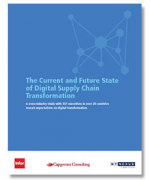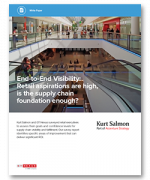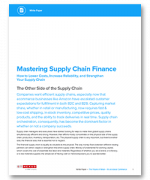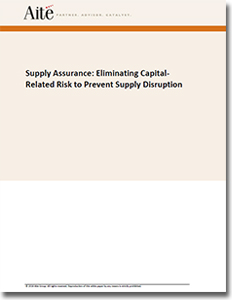Supply Assurance: Eliminating Capital-Related Risk to Prevent Supply Disruption
This paper commissioned by GT Nexus and produced by Aite Group, shows that supply chain finance can ensure business continuity across the entire value chain.
Modern supply chains are like networks of business partners, each one relying on everyone else’s ability to be an active and reliable node of the network.
A hole in the network can mean catastrophic effects for the entire community, and the lack of supplies represents a potential cause of disruption.
This consideration changes the perspective of what must be considered a “supply” and the lack thereof. Each single company represents a potential threat of short supply.
Disruption, or shortage, of supply therefore has many facets:
- Shortage of goods and components from the company’s own suppliers (i.e., "inbound" supply)
- Shortage of information exchange and of common corporate performance goals between units within the company (i.e., "internal" supply)
- Shortage of supplies of goods from the company to its clients (i.e., "outbound" supply)
A company can perform well in its supply chain operations processes by selling quality products and ensuring on-time deliveries, but poor financial conditions and high cost of capital can hinder the necessary level of working capital needed to run the business profitably.
Hence, an operationally excellent company can still go bankrupt due to lack of capital due to payments received late from clients or expensive access to finance. Poor financial performance threatens the continuity of supplies, and only financial instruments can help assure such continuity.
The use of financial instruments (e.g., optimization of the best credit, and a lower cost of capital) and practices to support supply chain processes is the best description for SCF.
This paper identifies some of the most important SCF solutions that provide financial support to those supply chain processes responsible for assuring continuity of supplies, and, hence, continuity of business.
Corporate procurement officers, heads of treasury, supply chain managers, and heads of distribution and sales are the main audience this document addresses.
What’s Related




Favorites





